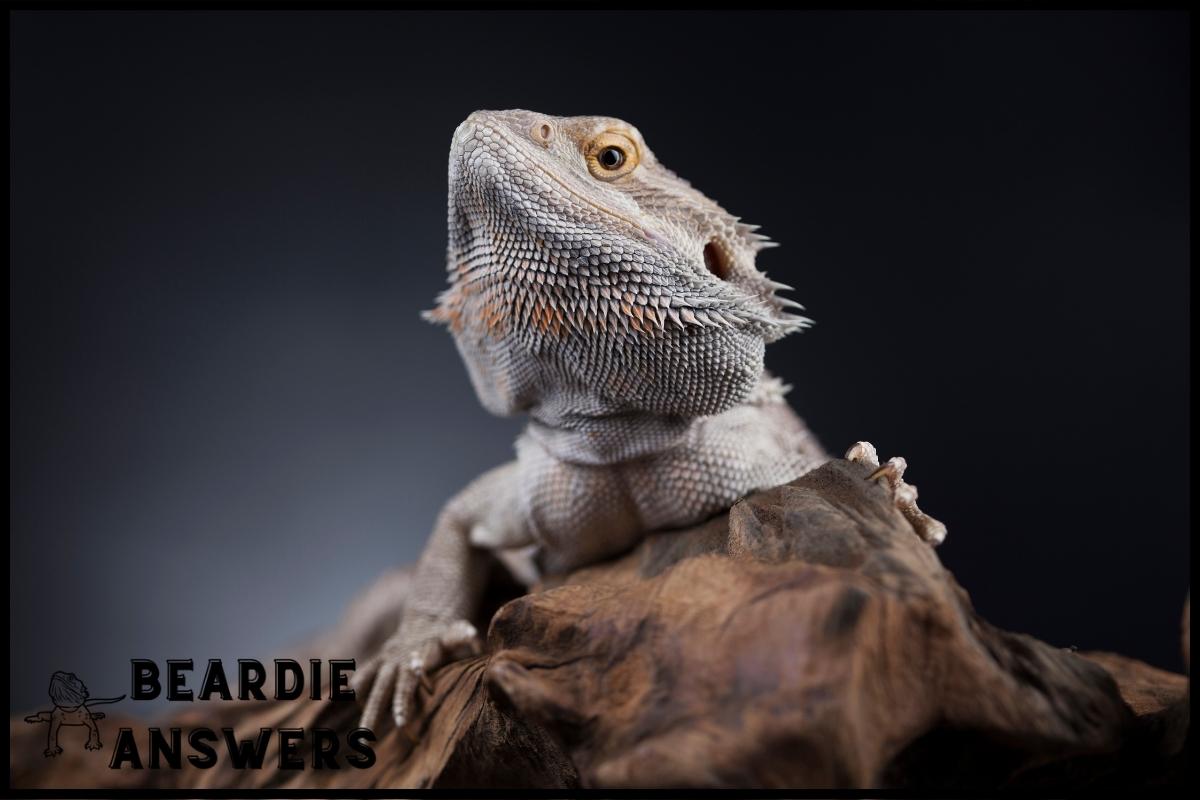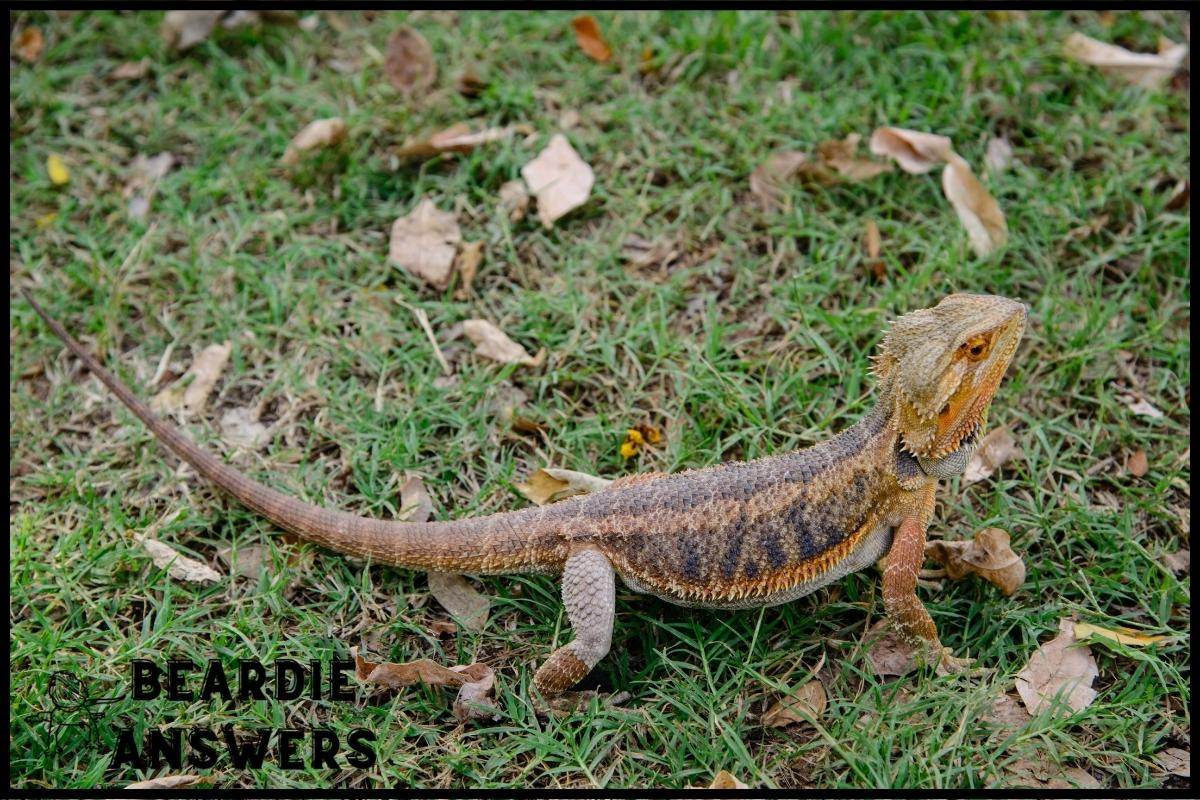Providing a variety of staple greens is crucial to meet the nutritional needs of bearded dragons. Suitable options include collard greens, mustard greens, turnip greens, and dandelion greens. It’s important to rotate the greens to avoid monotony in the diet.
What You'll Learn
Nutritional Benefits Of Staple Greens
Eating staple greens is an important part of caring for a bearded dragon. Not only do they provide essential vitamins and minerals, but they also help maintain a proper calcium balance in the reptile’s diet. Collard greens, mustard greens, and turnip greens are all suitable staples for these lovable lizards.
Vitamin content of staple greens varies depending on the type, with some offering higher levels than others. For example, collard greens contain more Vitamin C than either mustard or turnip varieties. Similarly, mustard greens offer higher amounts of Vitamin A compared to other common dragons’ staples.
It is important to rotate through different types of veggies so that your pet can benefit from as many nutrients as possible.
Calcium is another key nutrient found in staple green foods for bearded dragons. This mineral helps support bone growth and development while also being necessary for muscle contraction and nerve transmission. To ensure the right ratio between calcium and phosphorus intake, it’s recommended to feed fresh vegetables daily alongside occasional servings of fruits like figs or melons.
Selecting the right greens for your bearded dragon involves making sure they are safe to consume while providing adequate nutrition – something both you and your scaly friend will appreciate!
Selecting The Right Greens For Your Bearded Dragon
Choosing the right greens for your bearded dragon can be like finding a hidden gem amongst a sea of stones. With so many different types available, it is important to select the best ones in terms of nutrition and safety.
When selecting greens for your beardie, you should take into consideration storage tips as well as nutritional value. First, look at where the greens are stored. If they have been sitting out on shelves or counters too long, their nutrient content may have decreased significantly due to exposure to light and air. You also want to make sure that any potential contaminants such as pesticide residue has not been absorbed by the plant material. Finally, inspect them carefully for signs of mold or rot before purchasing.
When evaluating which type of green will provide optimal nutrition for your bearded dragon, consider staple options such as collard greens, mustard greens, and turnip greens. These varieties offer a variety of vitamins and minerals that can help keep your pet healthy and thriving. Be sure to check with your veterinarian about appropriate portions when feeding these items to ensure proper digestion and reduce excessive waste production from overfeeding certain kinds of vegetables.
It is worth taking the time to research what type and amount of veggies best suits your beardie’s needs – after all, proper nutrition is key in keeping our scaly friends happy and healthy! From there, transitioning into an exploration of collard greens specifically becomes easier than ever before.
Collard Greens
Collard greens are a great staple food for bearded dragons. They provide essential vitamins and minerals, such as calcium, vitamin A, and iron. Not only that, they are also low in oxalates which can be dangerous to some reptiles if consumed in excess.
When it comes to cooking collard greens for your bearded dragon, you want to make sure the leaves are washed thoroughly before being served up as part of their diet. This will help ensure that any harmful bacteria or chemicals found on the leaves don’t get into their system.
Bearded dragons need a specific environmental setup in order for them to thrive – this includes temperature regulation and humidity levels. Collard greens should be offered at room temperature; no refrigeration is required since cold temperatures may cause discomfort for the reptile. Additionally, when offering these vegetables to your pet dragon make sure there’s enough moisture present so that they don’t become dehydrated while eating them.
Overall, collard greens can serve as an excellent source of nutrition for your beloved reptile friend! When prepared correctly with all safety precautions taken into account, they can fulfill many dietary needs and provide optimal health benefits over time. With regular consumption of this vegetable combined with other nutritious foods, your little scaly pal will stay healthy and happy!
Mustard Greens
Collard greens represent an essential dietary staple for bearded dragons, but they aren’t the only type of green food that should form a part of their diet. Mustard greens are another option that can provide similar benefits to collards and help ensure that these lovable reptiles stay healthy as they age.
When exploring the aging process for any creature—including a beloved pet such as a bearded dragon—it is important to consider their dietary requirements in order to maintain optimal health.
For example, mustard greens contain high levels of vitamins A, C, K, folate and fiber which are necessary components of any balanced reptilian diet. Additionally, mustard greens offer significant amounts of beta-carotene—a powerful antioxidant known to boost immunity while supporting overall well being.
Though selecting vegetables is based on personal preference and accessibility, it’s clear that adding some variety into your beardy’s meal plan with mustards greens can be beneficial in terms of meeting nutritional needs at each stage in life.
To further diversify what you feed your scaly friend, turnip greens may be just the next step! With their slightly spicy flavor and crunchy texture, turnip greens will bring something new and exciting to your furry pal’s plate.
Turnip Greens
Turnip greens are one of the most common staple greens for bearded dragons. It’s important to store them correctly in order to maintain their freshness and nutritional value. They should be kept refrigerated, wrapped tightly in plastic wrap or stored in an airtight container. If they become wilted, they should be discarded since they will no longer provide any nutritional benefit.
When it comes to cooking turnips, boiling is generally the best option as it retains more nutrients than other methods such as steaming or sautéing. Boiling also helps soften the leaves which makes them easier for bearded dragons to digest. Additionally, it’s important not to overboil turnips as this can cause some of their essential vitamins and minerals to leach out into the water during cooking.
Once cooked, turnips make a great addition to a balanced diet for your dragon. To ensure that they get all the necessary nutrients from these vegetables, it’s best to serve them with supplements like calcium powder added on top.
Moving forward, understanding feeding guidelines for bearded dragons is critical for maintaining their health and wellbeing.
Feeding Guidelines For Bearded Dragons
Feeding your bearded dragon correctly is essential for its well-being. When it comes to reptile nutrition, there are several important components that should be taken into consideration. With a few basic guidelines and some understanding of the needs of these creatures, you can keep your pet healthy and happy.
In order to provide optimal nourishment, feed your bearded dragon one or two times per day with an appropriate variety of staple greens like collard greens, mustard greens, and turnip greens. Additionally, offer occasional treats such as cooked eggs, mealworms, crickets, wax worms, earthworms and pinky mice. It is also recommended to offer vegetables like sweet potatoes or squash once in a while for added nutrition and variety.
Here are some tips about feeding your bearded dragon:
- Provide fresh food daily
- Offer small amounts at a time (no more than what they can eat within 10-15 minutes)
- Feed only live insects/feeders unless offering vegetable treats
- Remove any uneaten food from their enclosure after each feeding session
- Make sure the temperature requirements in their habitat are suitable for digestion
Bearded dragons have specific dietary needs which vary by age; therefore it’s best to consult with an experienced veterinarian before making changes to their diet or feeding schedule.
Allowing them access to proper nutrition will help ensure a long life filled with love!
Conclusion
It’s important to make sure that your bearded dragon is getting enough greens in their diet. Providing them with a variety of staple greens like collard, mustard and turnip can help ensure they get all the nutrients they need.
By properly selecting and feeding these vegetables, you’ll be able to give your pet the best care possible. By taking the time to do this, it will not only help keep your bearded dragon healthy but also create a bond between you both.
They may even start looking forward to mealtime just as much as you!

Hi! My name is Bryan, I am the “one behind the words” here are BeardieAnswers.com. I believe that providing quality care and nutrition is the best way to ensure the health of your pet. Every beardie is special and deserves the best care and attention. If you have questions about your bearded dragon, please don’t hesitate to ask! View My Full Author Page




